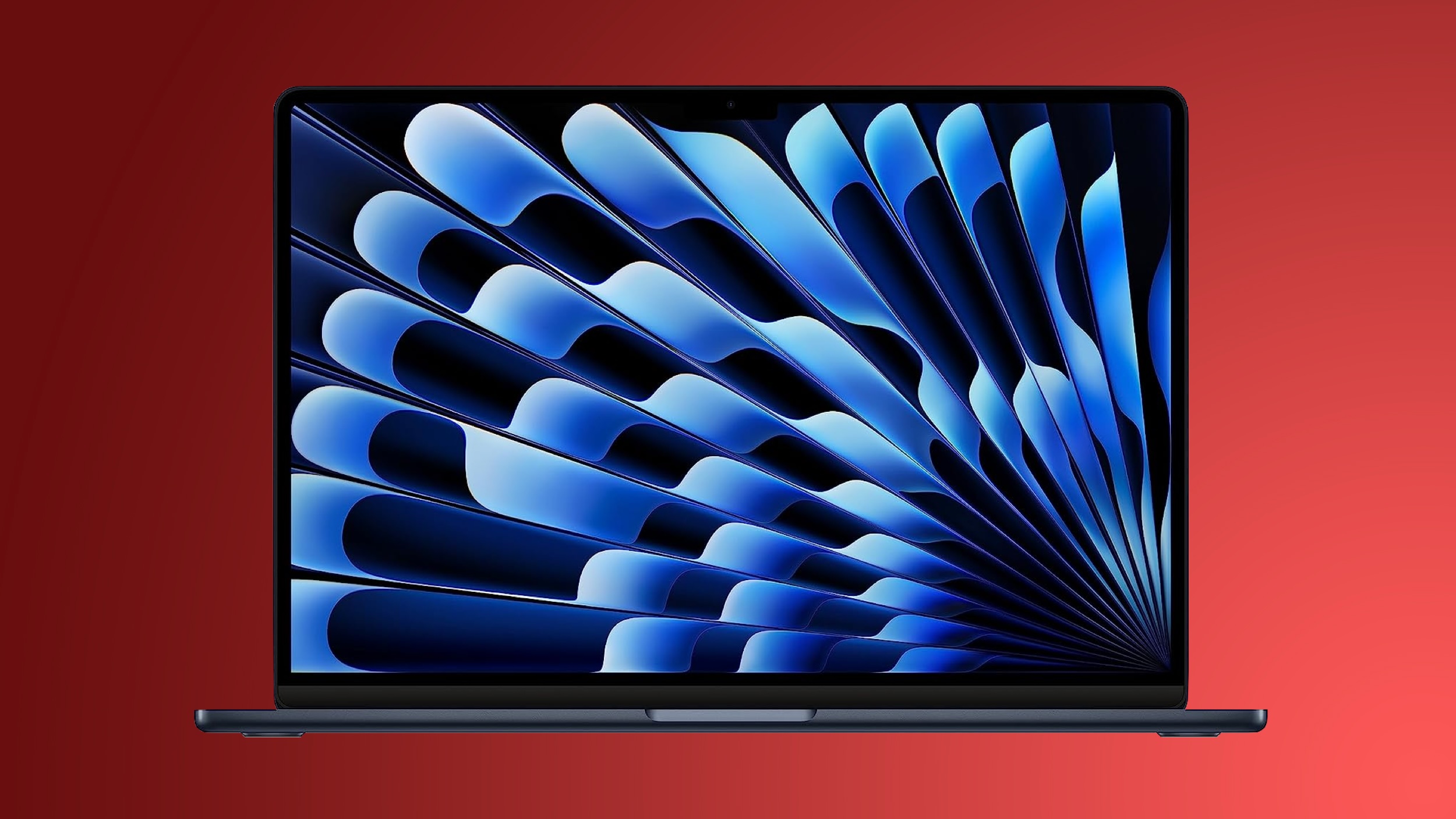
Apple's plans to release a MacBook Air with an OLED display may face significant delays beyond its original expected 2027 launch window, according to a new report from The Elec.

Industry sources cited by the Korean outlet point to pricing concerns and supply chain challenges as key factors behind the potential delay. The high manufacturing costs associated with OLED displays would substantially increase the MacBook Air's retail price, which risks making it less attractive to consumers.
The MacBook Air is often regarded as the company's most popular Mac model. According to Canalys, Apple's US Mac market share grew by 22% in the first quarter of 2024, a surge that was likely influenced by the introduction of new M3 MacBook Air models.
However, the latest report highlights disappointing OLED iPad Pro sales performance this year as an indicator that switching from LCD to OLED alone is not appealing enough to consumers to justify the increased price. A shipment of around 10 million iPad Pro units was anticipated for 2024, but that figure was revised to 8.5 million earlier in the year and has recently dropped to between 6 and 7 million units. OLED iPad Pro models retail from $999 for the 11-inch model, rising to $1299 for the 13-inch model.
Apple is now said to be seeking lower OLED panel prices for the MacBook Air, but the company has few options in the current supply chain environment. Samsung Display and LG Display provide OLED panels for the iPad Pro, but only Samsung Display is expected to supply panels for an upcoming OLED MacBook Pro, rumored for a 2026 launch. Previous reports have suggested that Samsung Display is developing a 13.3-inch OLED panel for a future MacBook Air model amid Apple's long-term plan to switch all of its product lines to the display technology.
The report goes on to suggest that the OLED MacBook Air will likely use a simpler single-stack OLED configuration, unlike the planned MacBook Pro OLED displays, which will feature a dual-stack design with two emission layers. However, both models will employ hybrid OLED technology combining glass substrates with thin-film encapsulation.
Industry sources suggest Apple and its display partners need to reach a "compromise" that minimizes price increases while maintaining performance standards that differentiate the Air and Pro lineups. Compared to current MacBook Air models with LCD-based screens, benefits of OLED technology would include increased brightness, higher contrast ratio with deeper blacks, and improved power efficiency for longer battery life.
Article Link: OLED MacBook Air Could Be Delayed Beyond 2027, Claims Report

